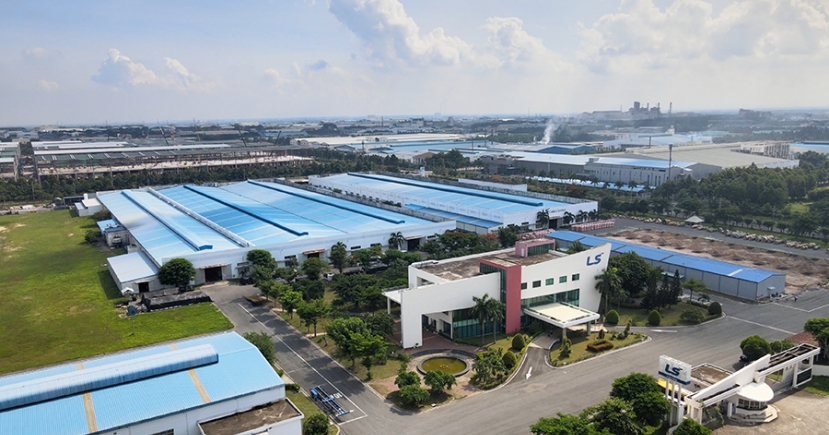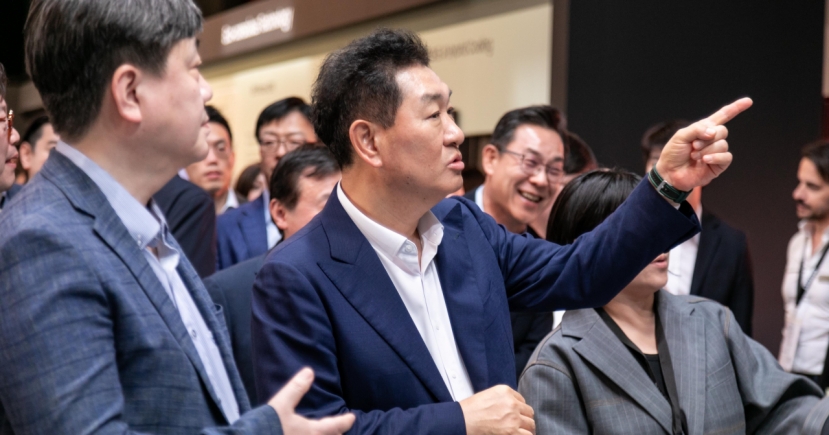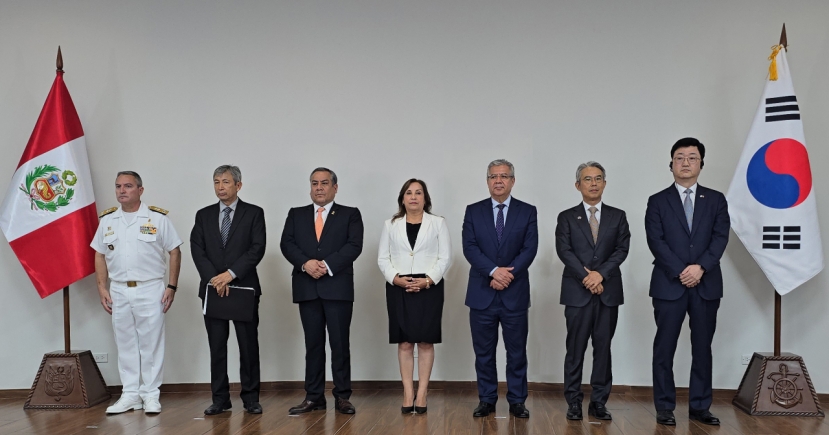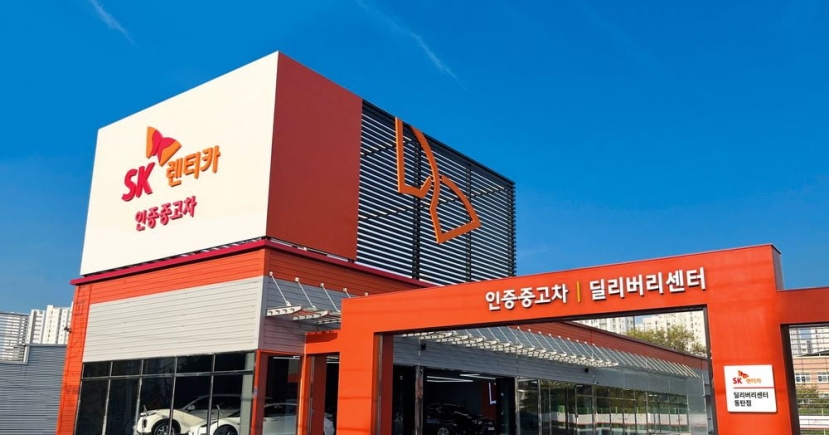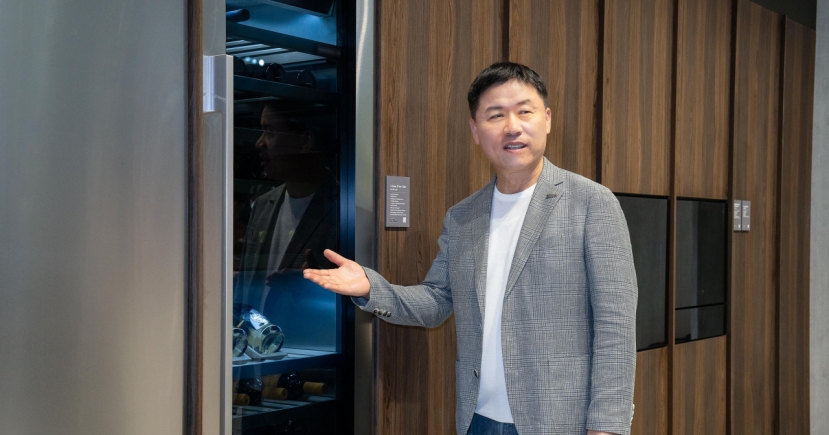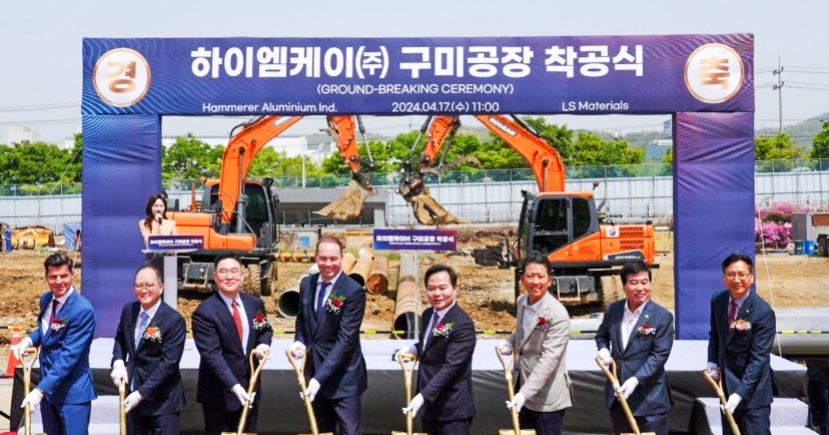Market Now
LG Energy Solution’s strategies to prevent EV fires after IPO
 |
LG Energy Solution’s cylindrical batteries. (LG Energy Solution) |
LG Energy Solution will employ four preemptive measures as it can’t afford yet another recall crisis after going public next week.
According to market analysts Thursday, the South Korean battery giant will adopt Z-folding technology, manufacture more batteries resistant to gas issues, directly manufacture key safety components and mount ESS with fire-resistant LFP batteries.
Z-folding
The adoption of Z-folding technology reflects LG Energy Solution’s determination not to repeat past recall crises involving General Motors and Hyundai Motor, which cost the firm billions of dollars in compensation, not to mention the trust of customers.
In both cases, fires broke out because components inside batteries weren’t assembled properly. Inside the defective batteries, components were either torn or folded when they were supposed to be piled up like a stack of cards. The two recall crises draw concerns from automaker clients and prompted LG Energy Solution to adopt Z-folding technology. The company currently utilizes its patented lamination and stacking technology, which cuts components into the same size and stacks them up like pancakes. In other words, if components aren’t cut into the same size, they can make contact with each other and cause short circuits to cause fires.
Z-folding technology, though developed more than 20-30 years ago, prevents components from making direct contact. The technology’s critical weakness is slow speed, which undermines the productivity of EV battery factories. To overcome this downside, LG Energy Solution is developing an advanced Z-folding technology with greater speed and plans to partially apply the new technology in the future.
Since the recall crises, LG Energy Solution has made adjustments so that its lamination and stacking manufacturing process doesn‘t produce defective cells, a company official explained.
Gas, gas, gas
When EV batteries are charged and discharged countless times, gases slowly build up inside, which can trigger fires. Pouch-type batteries, which are the main products of LG Energy Solution, are particularly susceptible to this issue.
In response, LG Energy Solution aims to increase the production capacity of cylindrical batteries, which are capable of gas control, from the current 35 gigawatt-hours to 120GWh.
Cylindrical batteries are installed with special components called CID gaskets, through which gases can be released. On the other hand, pouch batteries, where components are sealed and wrapped by plastic pouch, don’t have CID gaskets and therefore can’t release gases.
When gases aren’t released properly, temperatures inside batteries can spike to 700 degrees Celsius instantly to trigger a thermal runaway. LG Energy Solution’s expansion of cylindrical batteries will allow the firm to contain gas issues to a certain level.
Protective shield
To further bolster the safety of batteries, LG Chem, a parent company of LG Energy Solution, will directly manufacture separators, protective shields that go inside batteries.
Separators are thin plastic walls that prevent plus and minus sides from making contact and cause short circuits to cause fires. LG Energy Solution sources its separators from Japan’s Toray and China’s Semcorp. Then, the company coats the separators with ceramic materials with its patented SRS technology. Once coated, the separators are impenetrable even by sharp metal objects.
As safety becomes a key factor for EV batteries, LG Chem has decided to manufacture separators directly. In November, the company partnered up with Toray to form a joint venture and produce more than 800 million square meters of separators per year by 2028 in Hungary.
LFP for ESS
LG Energy Solution aims to provide safer options not only for EVs, but also for ESS, a key component in the renewable energy sector.
ESS, short for energy storage systems, are batteries the size of a container. ESS store excess electricity generated by solar and wind power and discharge it when demand peaks at night.
LG Energy Solution, which controlled 26 percent of the global ESS market as of 2020, suffered dozens of fires since 2017. In response, the company spent a whopping 400 billion won ($336.4 million) to recall all ESS manufactured between April 2017 to September 2018.
To prevent another ESS recall, LG Energy Solution recently announced that it would develop and manufacture less powerful but more stable LFP batteries for ESS.
Manufactured predominantly by Chinese companies, lithium-iron phosphate, or LFP batteries, offer two key strengths -- lower prices and stability. This is because LFP batteries don’t contain expensive metals unlike lithium-ion batteries such as cobalt and nickel. Though relatively safer from fire risks, they are lower in energy density and heavier in weight.
However, as ESS are typically installed in cheap, large areas such as deserts, LFP batteries, though less powerful than lithium-ion batteries, have recently emerged as an attractive option for ESS operators. Simply put, customers are opting for several units of cheaper LFP systems instead of one expensive lithium-ion system, for instance.
LG Energy Solution’s decision to produce LFP batteries for ESS is expected to not only guarantee safety but also consolidate its standing in the global ESS market.
By Kim Byung-wook (kbw@heraldcorp.com)


